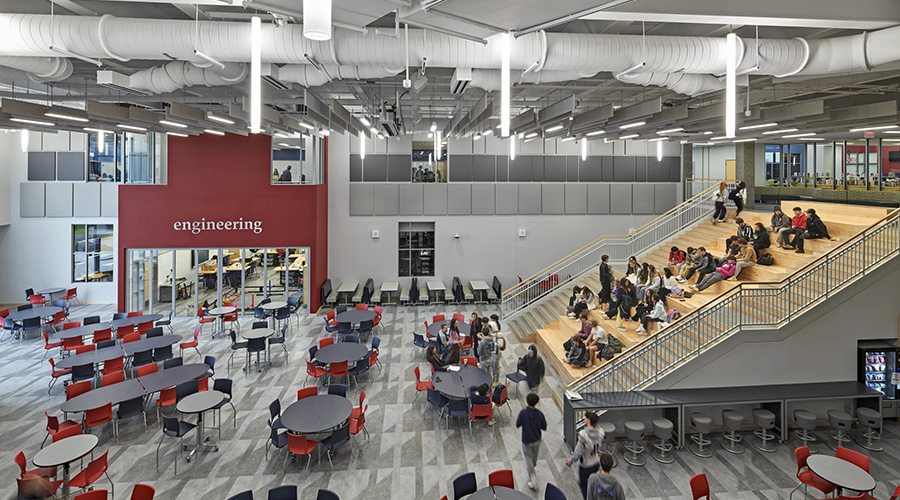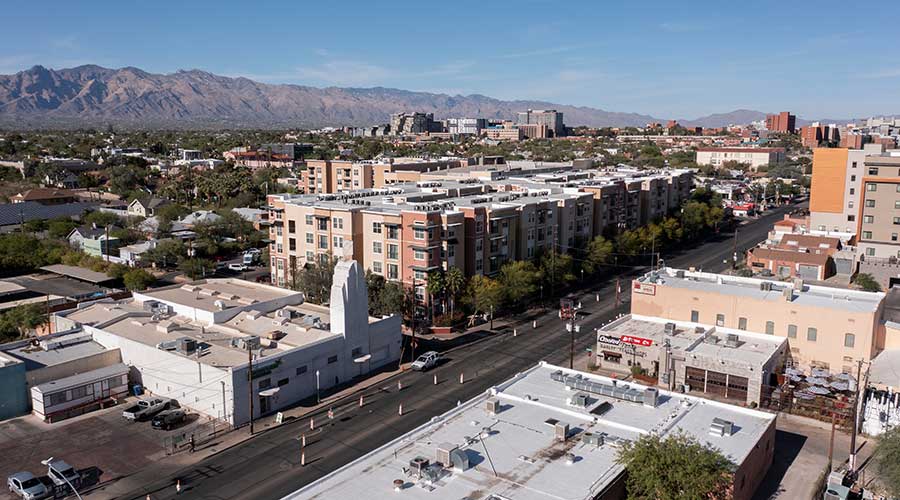How a California School Tackles Transportation Problems
Pittsburg Unified School District proactively tackles its problems with long-term thinking and planning.
By Jeff Wardon, Jr., Assistant Editor
Driver shortages and the high cost of electric vehicles (EV) are two issues that hamper K-12 school districts’ efforts to safely and effectively transport students to and from home for classes.
That doesn’t mean the situation is dire, though. Take Pittsburg Unified School District (PUSD) as an example: they’re proactively dealing with these problems with flexible staffing, early investment in training and planning their infrastructure.
Dealing with a driver shortage
The nationwide driver shortage is one of the biggest challenges programmatically, according to Matthew Belasco, director of maintenance, operations and transportation at PUSD. The district can’t just hire anyone - drivers must be fully qualified for the position, further narrowing the candidate pool in an already tight labor market.
On top of that, absenteeism compounds the issue more.
“On Fridays or the day before a holiday, we had many folks on vacation or calling out sick,” says Belasco. “It made it extremely challenging getting students to and from school on time.”
To manage the disruption, PUSD relies on a pool of substitute and “bench” drivers to fill last-minute gaps.
Growing pains of electrification
“We've been very fortunate to be early adopters,” says Belasco. “There was lots of training available at no cost. There is also less maintenance that happens on an EV vehicle. So, we're seeing the ability to do other projects and to work on maybe keeping older vehicles on the road as the workload for EV vehicles has decreased.”
But even with the benefits, PUSD still encounters some roadblocks. Infrastructure limitations, such as inadequate conduit space and an increasing demand for EV chargers from staff and the community, have made the district rethink its long-term plans.
PUSD also faces the challenge of not having enough funding from outside sources.
“Most school districts are pretty challenged with their general fund budgets,” says Belasco. “We really rely on outside funding to be able to make these programs go. As that continues to shrink, we have the challenge of continuing our momentum that we've had while still being fiscally responsible and solvent.”
Lessons for facilities leaders
PUSD’s experiences offer insight for facility managers in other districts looking to modernize their transportation systems:
- Plan for infrastructure beyond current needs. Even districts that think they’ve planned well enough; they may find their EV infrastructure falls short as demand grows.
- Invest in training early. Taking advantage of free or subsidized EV maintenance training helped PUSD future-proof its operations and reduce long-term costs.
- Build staffing flexibility. Substitute pools and bench drivers help maintain service levels during peak absenteeism.
- Secure outside funding whenever possible. Long-term sustainability hinges on grants, partnerships or other external funding sources.
The example PUSD sets forth shows that a forward-thinking approach can help districts remain resilient through transportation disruptions.
Jeff Wardon, Jr., is the assistant editor of the facilities market.
Related Topics:












